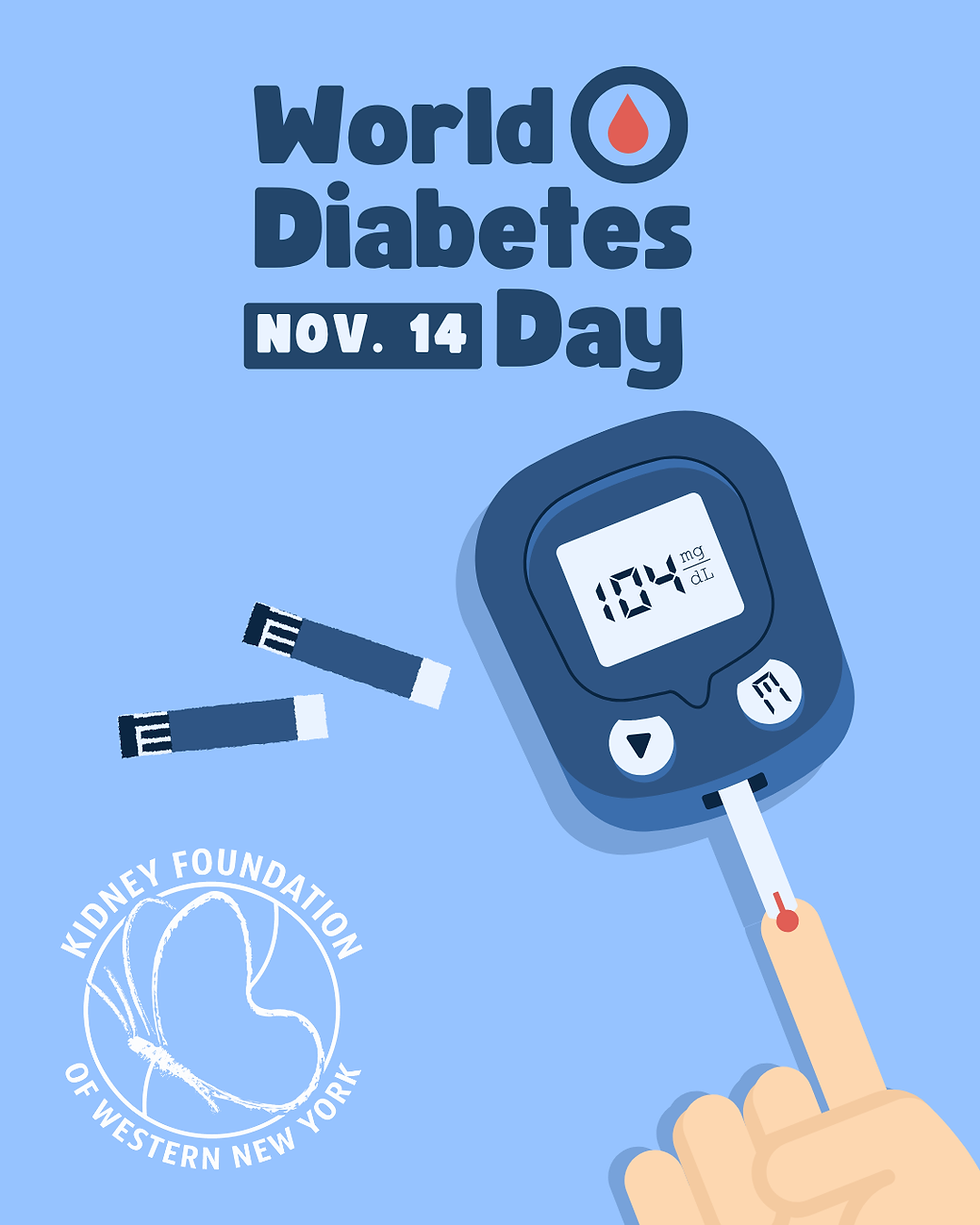CKD in Women Globally Nearly Tripled in Recent Decades
- Kidney Foundation of WNY

- Oct 31, 2024
- 2 min read

Cases of chronic kidney disease (CKD) in women around the globe nearly tripled in the past three decades, according to a recent analysis. Researchers also found that type 2 diabetes and hypertension were the leading causes of CKD-related deaths in women.
"Global, National, and Regional Trends in the Burden of Chronic Kidney Disease among Women from 1990- 2021: A Comprehensive Global Analysis" draws on the Global Burden of Disease study 2021, a comprehensive effort to quantify health loss across the world over time. The study includes information from 204 countries and territories. The analysis was presented at ASN Kidney Week 2024.
CKD ranked as the 7th leading cause of death among women in 2021.
From 1990 to 2021, the average annual percentage change in CKD prevalence in women increased by 2.10%, mortality by 3.39%, and disability-adjusted life years by 2.48%. There have also been significant disparities in CKD-related mortality and morbidity across the world, with marked increases observed particularly in Latin America, North America, and among older adults. The study showed an alarming increased mortality rate attributable to metabolic risk factor over the last decade after a slight decrease between 2000 and 2010.
“This calls for immediate policy interventions, targeted prevention programs, and investment in health care infrastructure to curb the rise of CKD, particularly in high-risk regions," said senior author Hardik Dineshbhai Desai, MBBS, Independent Clinical and Public Health Researcher of the Gujarat Adani Institute of Medical Science, in India. "Public awareness campaigns about the importance of early diagnosis, healthy lifestyles, and the management of underlying conditions like diabetes and hypertension are critical,” Desai continued in an ASN news release about the research.
“Without swift action, the continued rise of CKD could overwhelm health care systems and lead to increased mortality and morbidity worldwide,” Desai concluded.




Comments